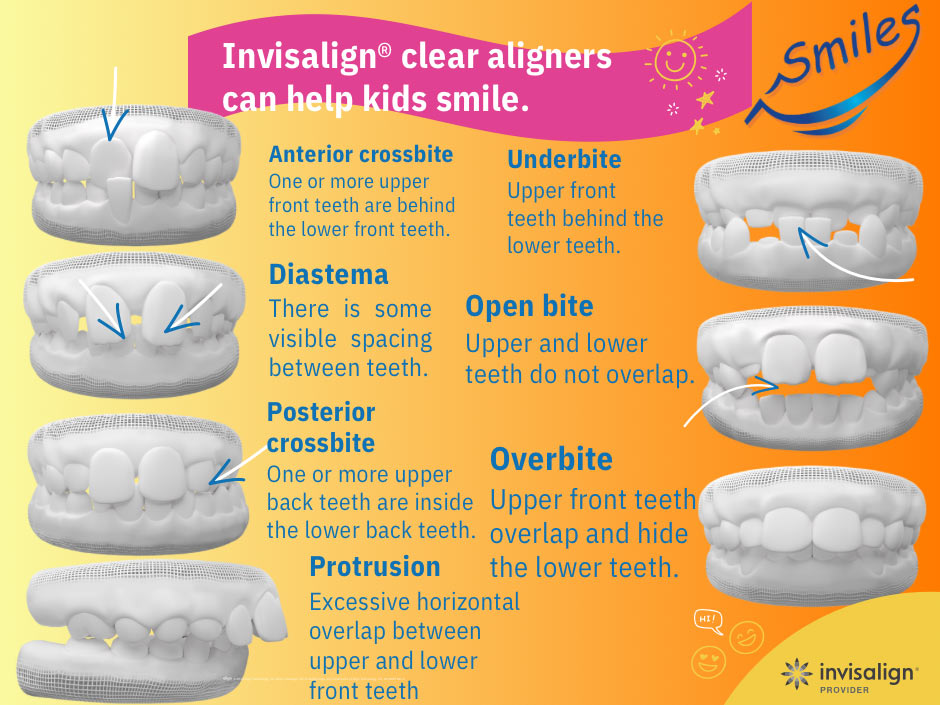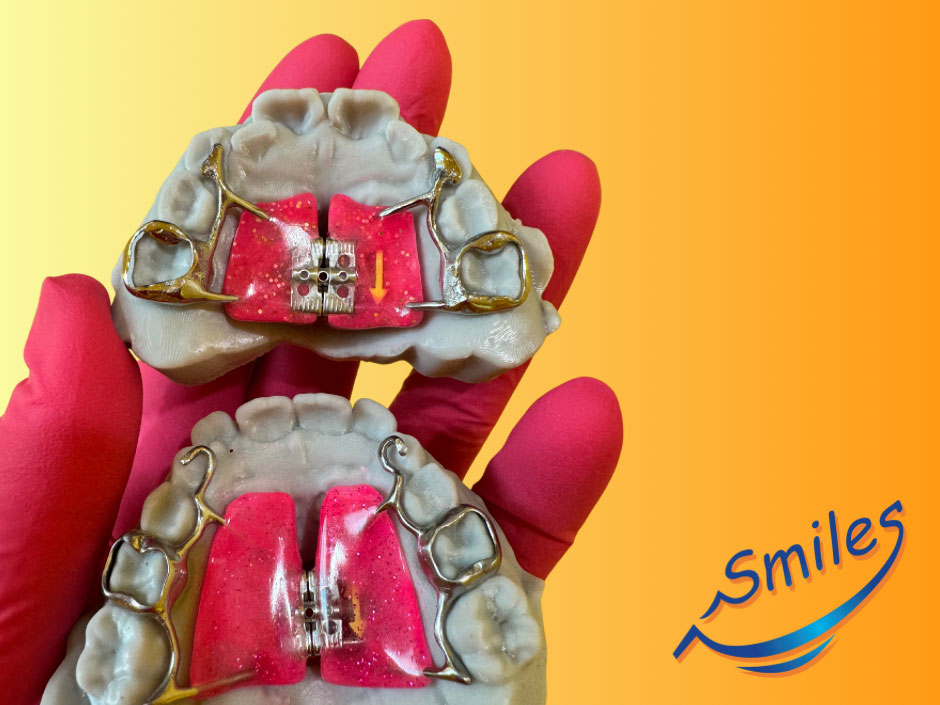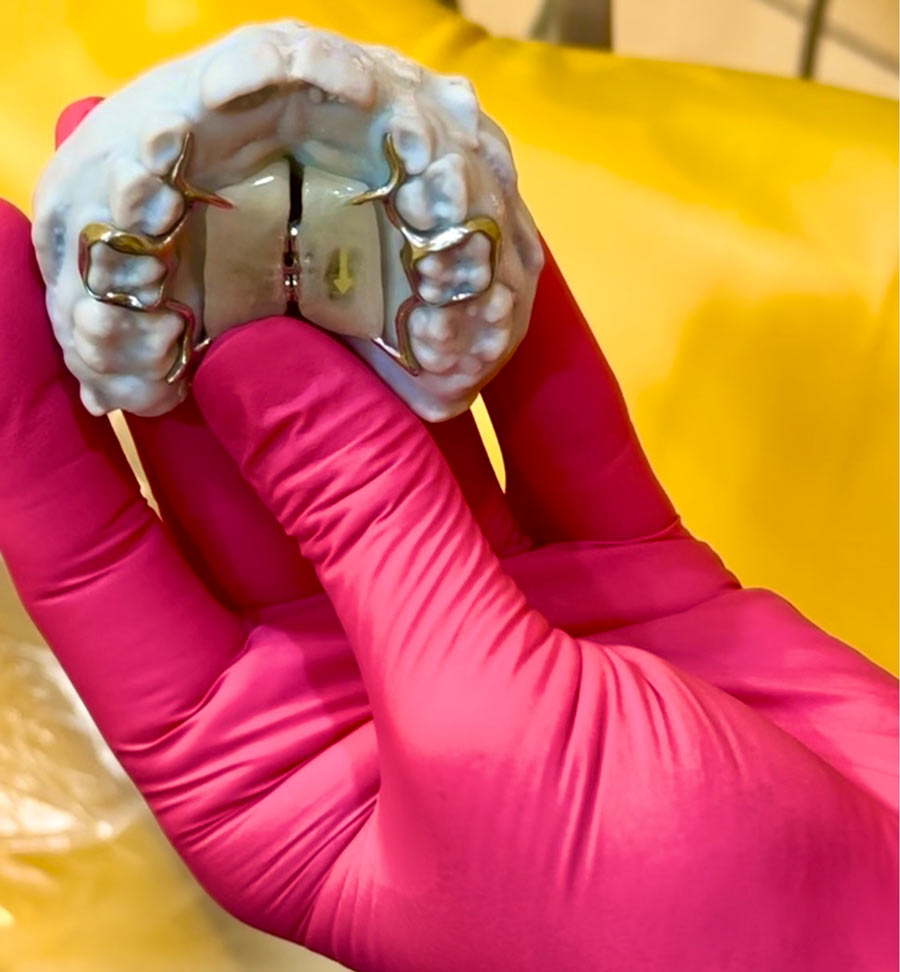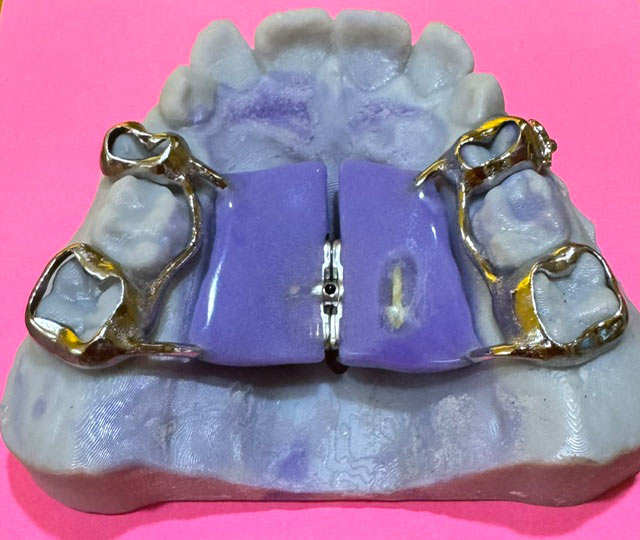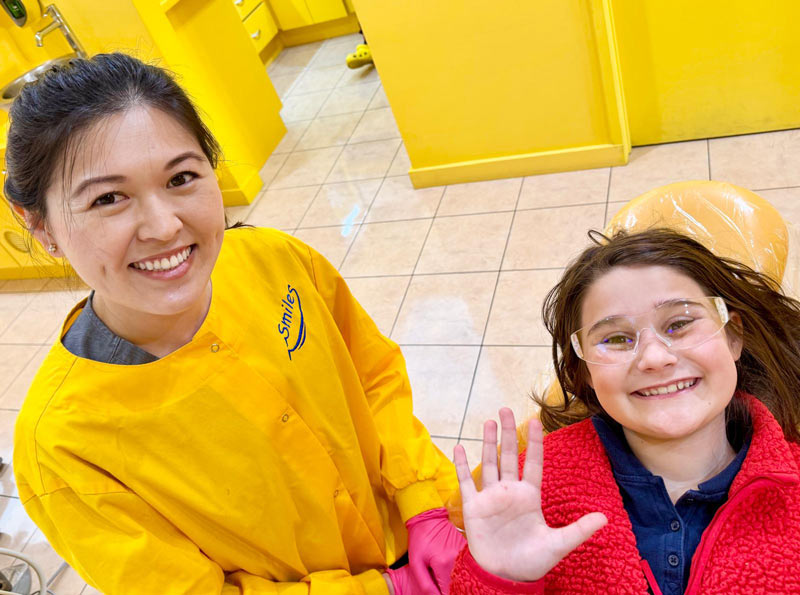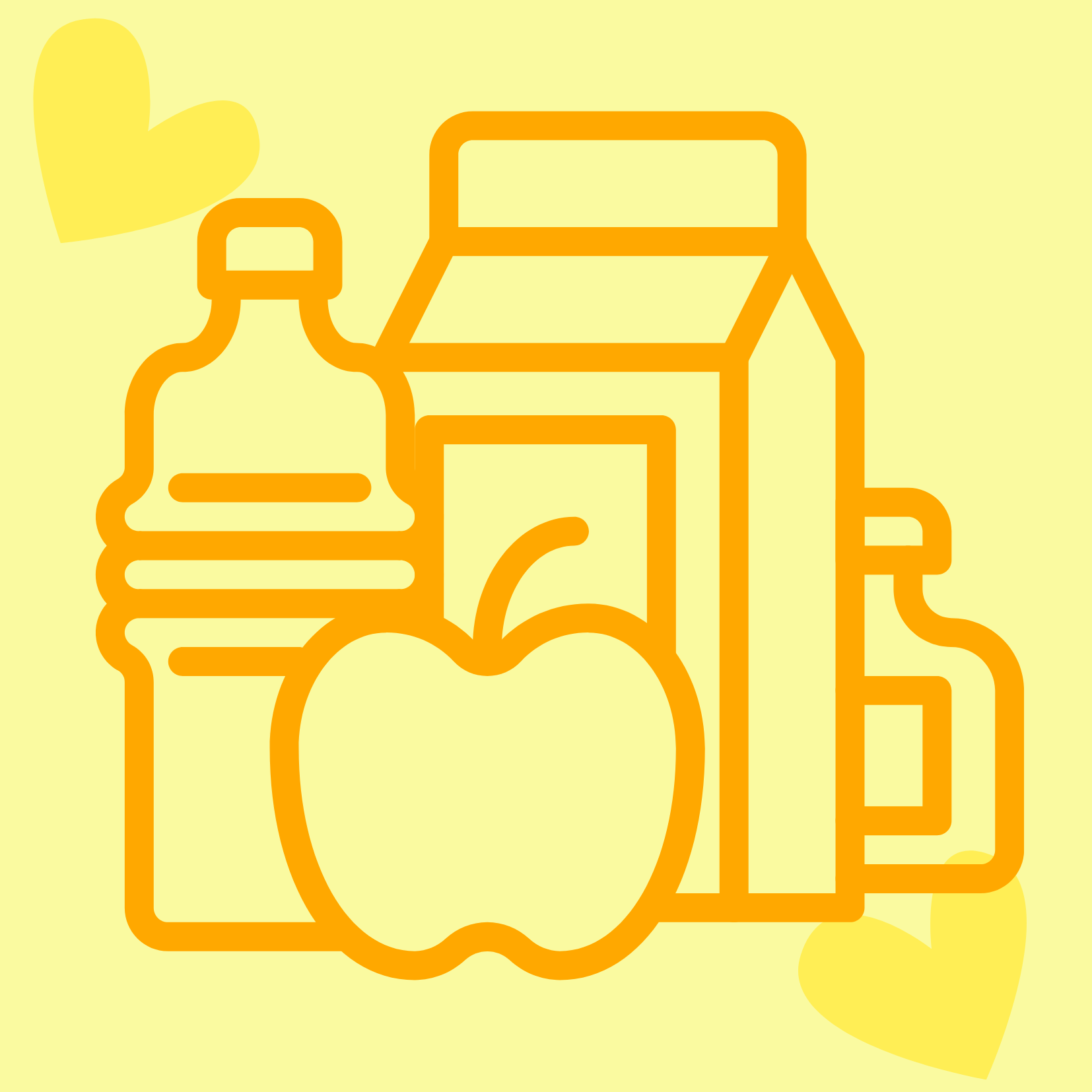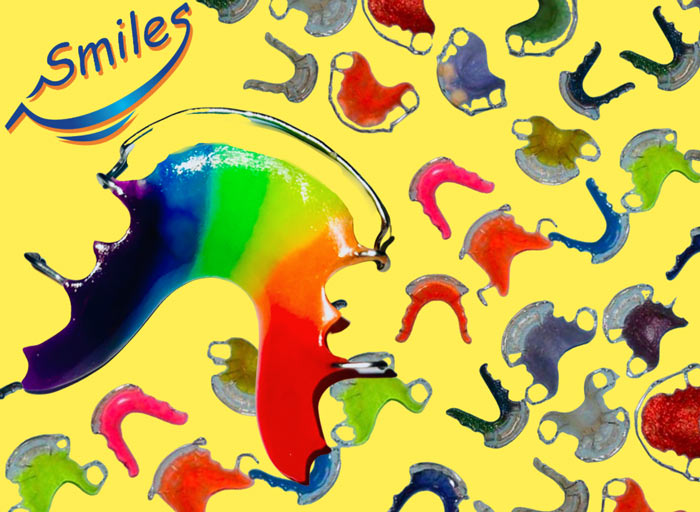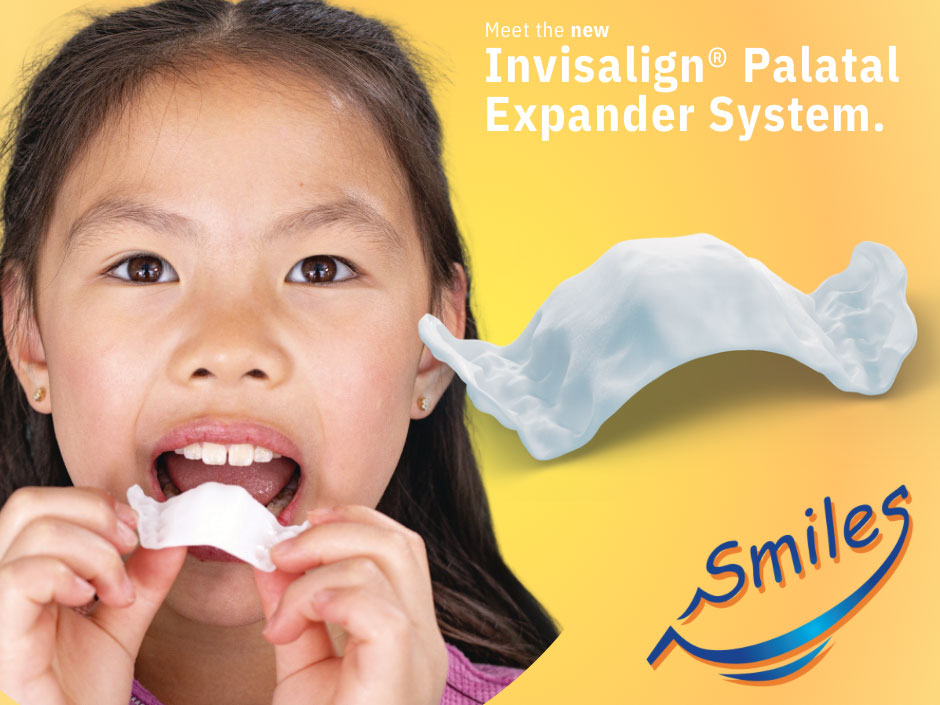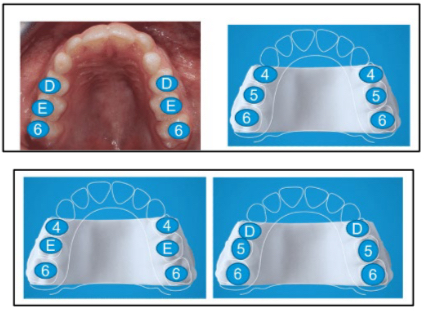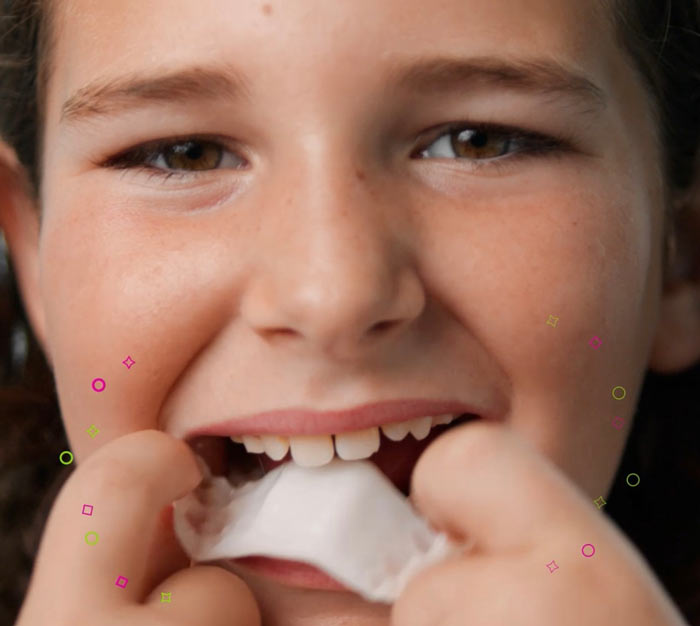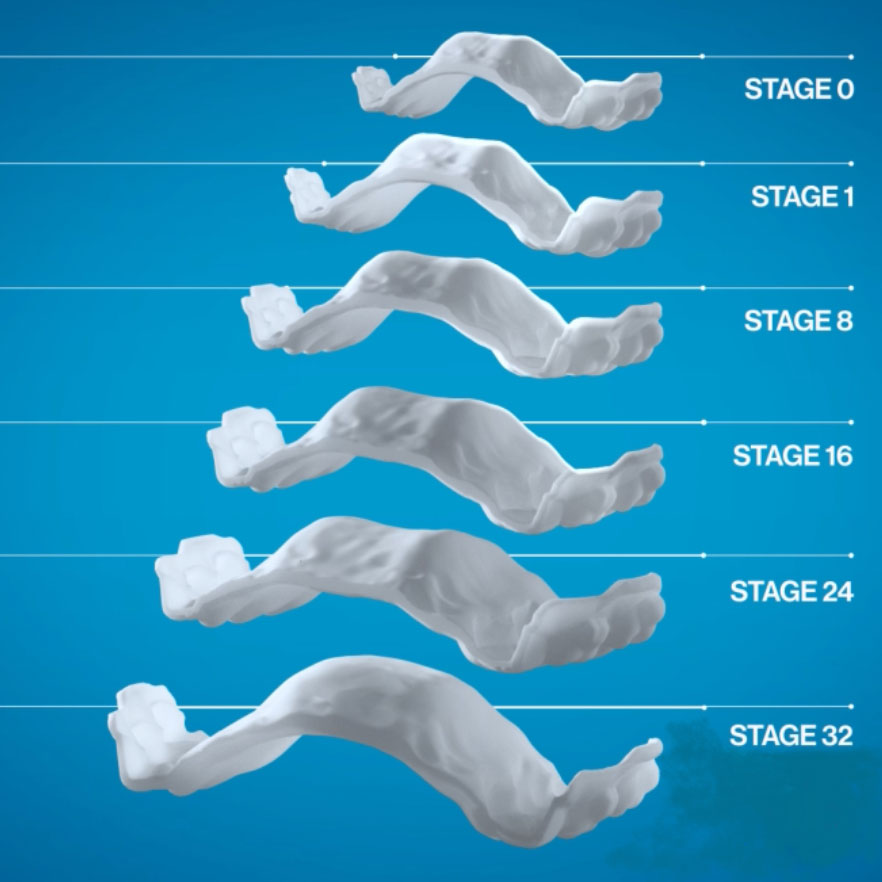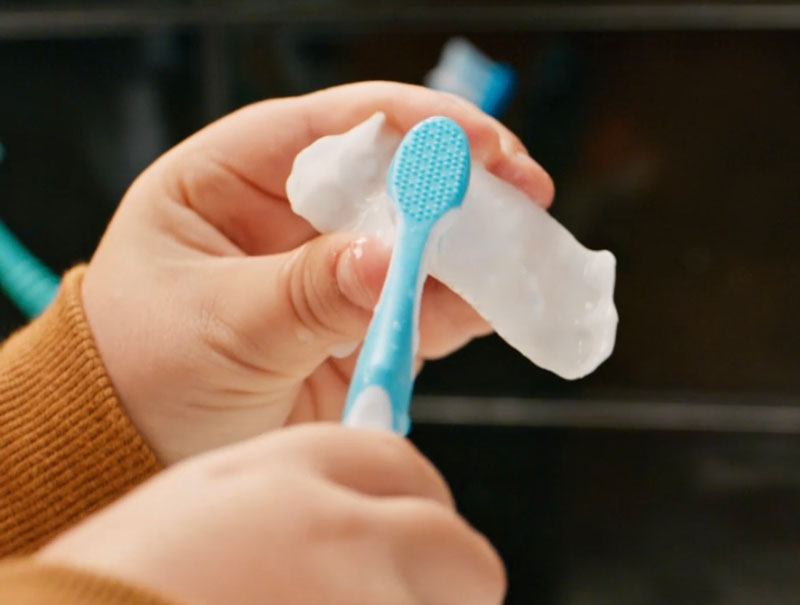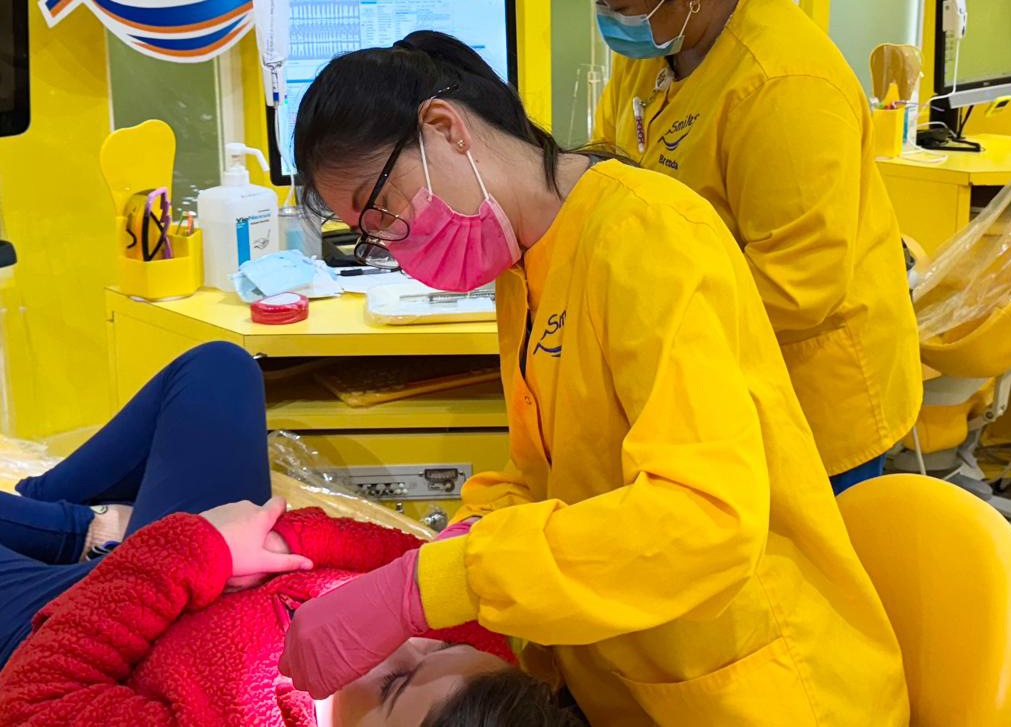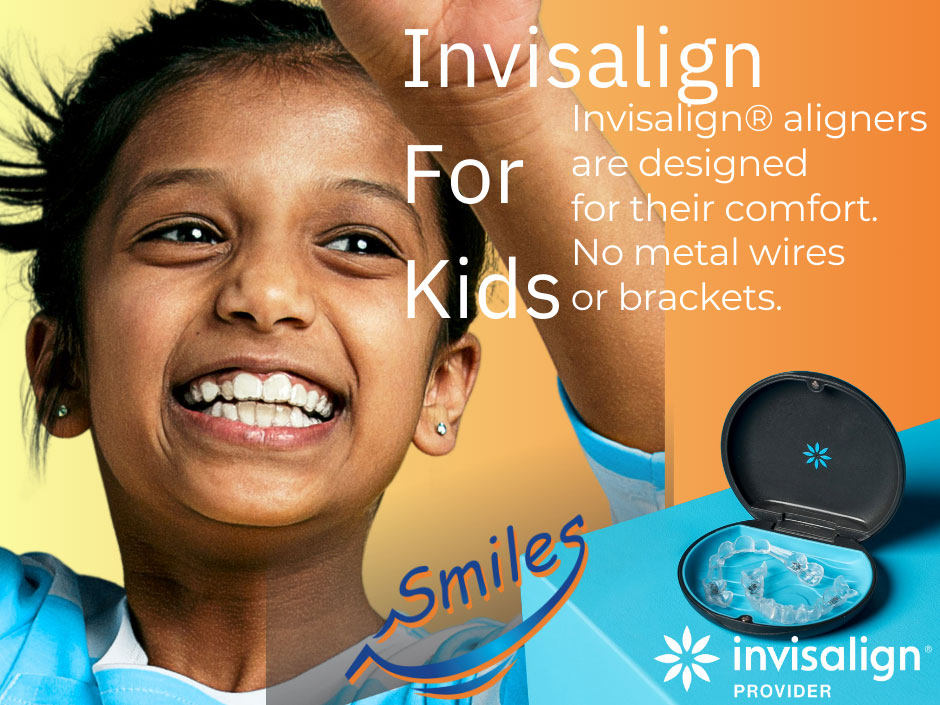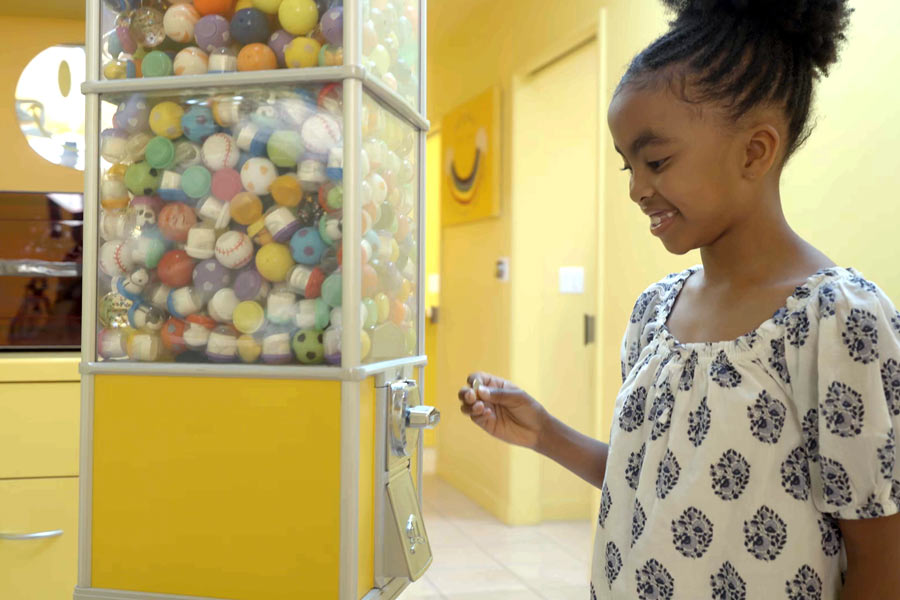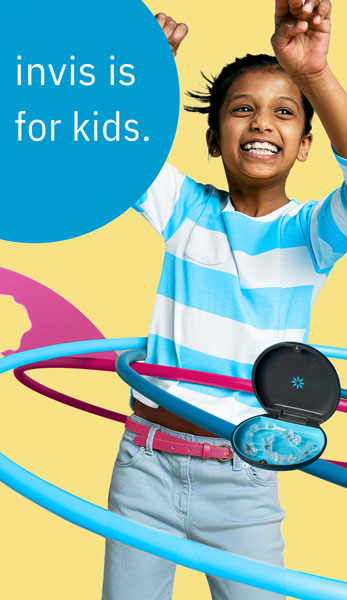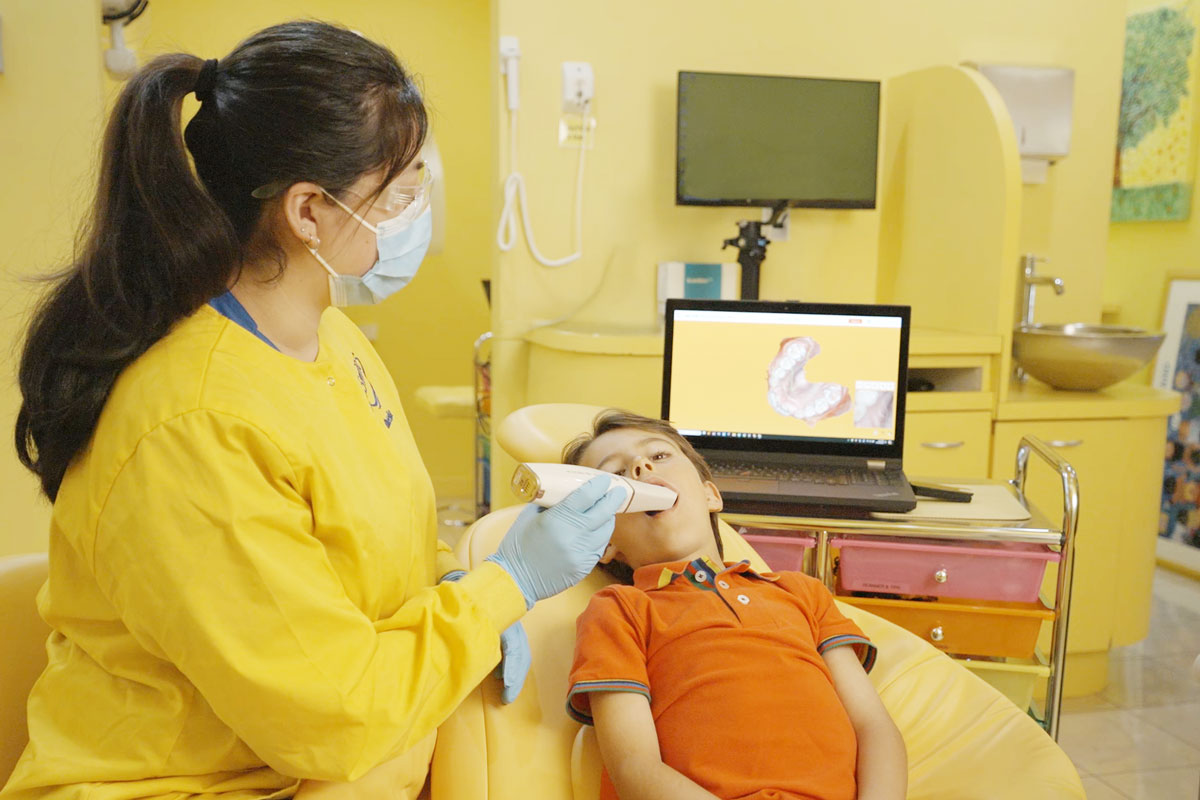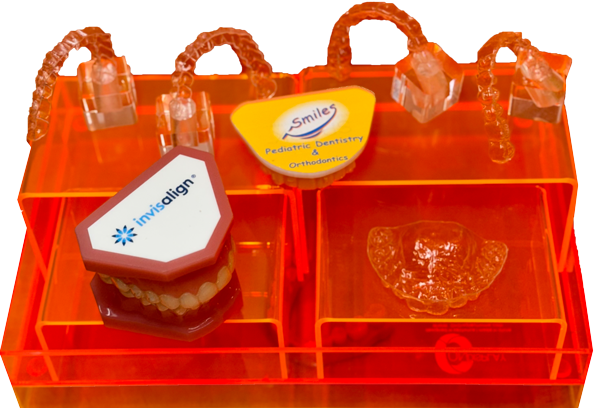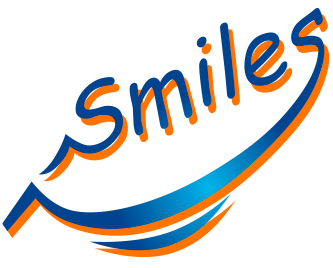Discover bespoke orthodontics for children at Smiles Pediatric Dentistry & Orthodontics in Los Angeles! The Smiles vision smoothly combines pediatric dental and orthodontic services simultaneously. This game-changing setup ensures efficient appointments for your children and enhances comfort for the entire family.
Orthodontics for kids involves more than just moving teeth. It includes dentofacial orthopedics, a term that translates to simultaneously guided dentition growth and facial bone growth. This early phase of orthodontics is the first of two phases of orthodontic care and starts when kids are well under 10 years of age. A big benefit to phase one orthodontics is that we can utilize the primary molars as appliance supports. Appliances for phase one orthodontics include palatal expanders and early clear aligners.


